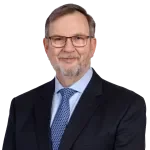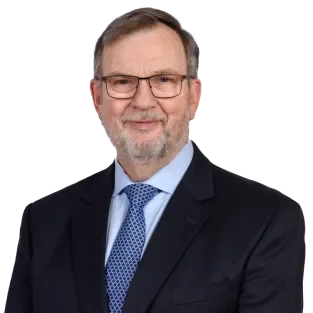ASAP
Unfair Competition and Trade Secrets Dispute Over Medical Record Computer Software
A legal skirmish lost by the Mayo Clinic to a pro se litigant could make hospitals and medical research institutions think twice before filing lawsuits to retain valuable inventions or discoveries when the developer leaves for another job. In Mayo Clinic v. Peter L. Elkin, Mayo contended that it had an overwhelming case against medical computer expert Dr. Peter Elkin, one which warranted summary judgment in lieu of trial. The United States District Court for the District of Minnesota, however, disagreed—and now the case is headed for trial before jurors who are unlikely to have special knowledge of the medical, computer or intellectual property issues in dispute.
Mayo sued Elkin after he left Mayo, taking with him computer software that he had developed to enable “natural language processing” of medical records. Mayo claims the software and its underlying source code rightly belong to Mayo because Elkin developed it while employed by Mayo. Elkin countersued, claiming he, not Mayo, owns the software and that Mayo owes him at least half a million dollars in unpaid royalties.
Barring settlement, the court’s ruling will require a jury trial to decide key issues, including (1) who owns the software and its source code, (2) whether Elkin breached his employment contract, (3) whether Elkin violated Mayo’s policy about ownership of intellectual property developed by employees, (4) whether Elkin illegally misappropriated trade secrets, (5) whether Elkin breached his fiduciary duty to Mayo, and (6) whether Elkin intentionally interfered with a contract that Mayo entered into to profit from the software commercially.
The software in dispute is built around a core natural language processing engine that transforms masses of medical records into structured database files, which can in turn be further searched and manipulated to perform a variety of tasks. The program has been touted as revolutionary and possibly a commercial goldmine, given that computerized medical records are a key component of proposed healthcare reform legislation.
Elkin developed the software while employed at Mayo between 1996 and 2008, when Elkin and his lead programmer announced they were leaving for Mount Sinai School of Medicine in New York. Mayo claims that Elkin not only refused to provide the source code of the program before his departure, but that he also erased the code from Mayo’s computer systems altogether.
The court found that the rightful ownership of the software must be decided by a jury because the determination hinges on the credibility of Elkin’s and Mayo’s versions of the facts. Similarly, the court reasoned that a jury must decide whether the software’s source code is a trade secret within the meaning of Minnesota’s version of the Uniform Trade Secrets Act. Elkin claims that Mayo did not take reasonable steps to ensure secrecy of the source code, a necessary precursor to protection under the statute. Mayo claims it took adequate precautions but that Elkin and his research team violated confidentiality agreements applicable to the source code.
The ruling raises several difficult questions that hospitals and medical research institutions must answer to secure inventions or discoveries made by their employees. Elkin claims that by permitting him to give public presentations and publish articles on the software, as well as to share it with other institutions, Mayo undercuts any claim that the software was covered by the trade secrets statute. Can an institution attract the best scholars and foster research at the frontiers of technology while denying researchers the right to publish and lecture? Can it block the transfer of grants and the work they support when a researcher moves on? For Mayo and Elkin (who got some leeway from the court because he is acting as his own lawyer) the most important question may be how willing they are to let a jury of non-specialists decide— based on highly technical and esoteric facts—who will control an invention that could potentially benefit vast numbers of healthcare users and providers and, incidentally, be worth millions.
This entry was written by George E. O'Brien, Jr.

